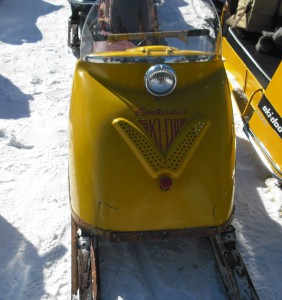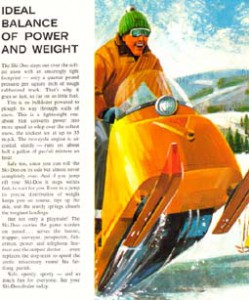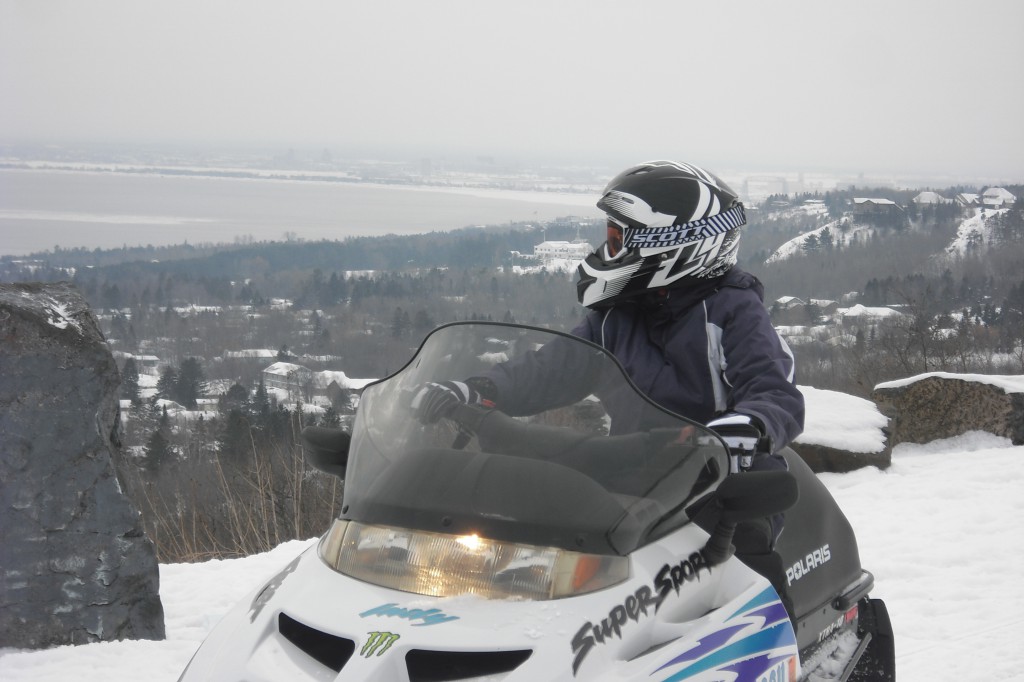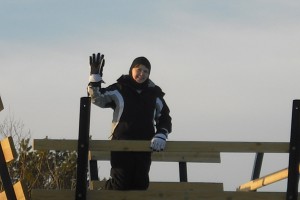Imagine a world with no groomed trails, no trail maps, no trail network and no access to public land. A world where you’re only riding opportunities were in your own back yard and where the sport of snowmobiling as we know it ceased to exist. The only thing keeping this nightmare scenario from happening are snowmobile clubs. What most people don’t realize is that the majority of the “state” trails that they ride on only exist because snowmobile clubs created them. Of the 22,000 miles of snowmobile trails in Minnesota less than 10% of them are true state trails. The other 20,000 miles are Grant-in-Aid trails that were built by snowmobile clubs with the cooperation of private land owners. The clubs maintain and groom all of these trails with 100% volunteer effort. Club members are responsible for buying and maintaining their groomers and for keeping the trails open for everyone to enjoy. Every year club members are knocking on doors of private land owners getting permission from them to use their land for snowmobile trails. These agreements need to be renewed on a regular basis and when they are not it results in trail reroutes. All of that reroute work is done by the clubs as well. In addition to building and maintaining trails, club members also work with state and federal governments on land access in state and national forests and for use of public lands for snowmobiling.
Protecting Your Rights
The majority of snowmobilers are lovers of winter. We stare out our windows and wait for it to snow. Snowmobilers generally tend to like just about any winter activity having to do with snow: skiing, snowshoeing, hockey, sliding. I like them all and I respect the rights of other outdoor enthusiasts and in most cases the feeling is mutual, but there are a few extremist groups out there that are not so friendly to the snowmobile community. They think all forms of motorized recreation are evil and that the use of snowmobiles should be banned everywhere. These groups pool their time and money to try to get snowmobiles banned from trails, parks, lakes and forests and in the summer they try to do the same to ATV’s and personal watercraft. Snowmobile clubs and their members fight to keep your trails open and counter the efforts of those who see to eliminate the use of snowmobiles on public and private lands.
Snowmobile clubs also ensure that the use of taxes and fees generated by snowmobile use are used to maintain the sport and the trail system. They also meet with state and federal officials to make sure snowmobiles maintain access to public lands and national forests. Snowmobile use in places like Yellowstone National Park are preserved by the efforts of club leaders at the national level. When you become a member of a snowmobile club you are making your voice heard. The more members there are, the stronger the lobbying force is to defend your right to enjoy winter on a snowmobile.
Promoting Safety and Bringing Youth Into The Sport
Another important role that snowmobile clubs play is teaching snowmobile safety classes to the youth and conducting the snowmobile safety riding tests. Without snowmobile clubs performing this service we would not bring new youth into the sport, which is essential for its survival.
There are many snowmobilers out there that are not club members and do not realize how important clubs are to the survival of the sport. I used to be one of those snowmobilers. Once I joined a club and realized how important they are I have been encouraging others to join their local club. As a snowmobiler it is the most important thing you can do to ensure that snowmobiling will be around for future generations to enjoy.




